The I’m Back digital back turns your 35mm film camera into a digital camera. It will work with the following cameras:
Nikon F, Nikon F2, Nikon FM, Nikon FE, Nikon S2, Canon F1, Canon A1, Canon AE1, Pentax ME super, Pentax spotomatic, Pentax K1000, Praktica b200, Praktica MTL, Contax II, Contax RTS , Contax G2, Olympus OM1, Olympus OM2, Minolta Dinaxx 7000, Olympus OM10, Yashica JP, Yashica FX3, Leica M, Leica R, Diana F, Diana F mini.
There will also be a universal accessory, that can be adjusted to almost all 35mm cameras.
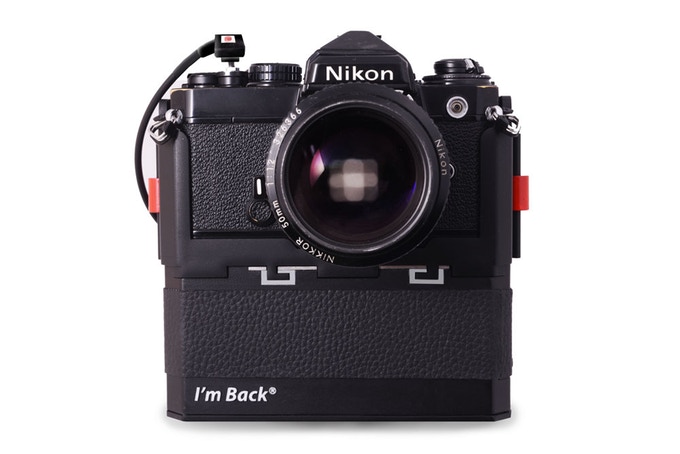
It features a 16mp Panasonic sensor and has a 2in touch screen display. Photos and videos can be transmitted through the WiFi and saved in a smartphone. You can also use the smartphone display as a bigger screen and control the camera through it.
For full details check out the Kickstarter Im Back Pro project page
Many film cameras for sale here. Second-hand 35mm Cameras for sale
Where ever you go these days you will see people in beautiful or historic locations with their cameras pointing at themselves rather than at the scene in front of them. The rise of social media is the cause. And our need to tell people where we are, what we are doing, what we are eating, in the form of a photograph – the selfie!
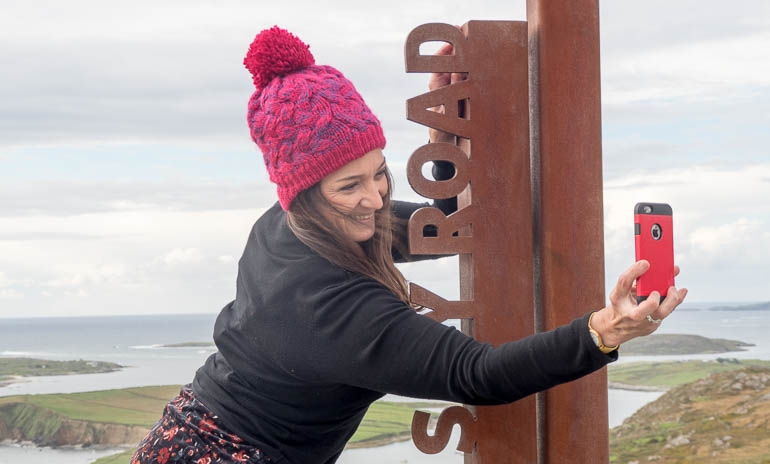
In the past photographers would set up their camera pointing back at themselves and activate a timer. This would give the photographer 10 or 12 seconds to go back in front and adjust his/her clothing and posture before the camera shutter triggered. Smile!
But as cameras were added to mobile phones, along came a new breed of photographers who didn’t know what a tripod was and hadn’t a clue about the self timer mode. And as the numbers grew, so did social media, and so the new photographers just turned the phone around and photographed themselves. And then phone manufacturers adapted, so the lens appeared on the front and back of the phone and the rest is history. We now have a deluge of people taking photos of themselves. And we have manufacturers and innovators scratching their heads to come up with products that satisfy this need to photograph ourselves. The most popular gadget has been the selfie stick…an extendable pole with a phone mount on one end and a hand grip on the other.
But this method, like hand holding, always means the camera is connected to the body and sometimes the results show with an awkwardly extended arm. That’s why I still prefer the older and more traditional self-timer option. And you can get an app for your phone that adds a self-timer. All you need then is a minipod to hold the phone…unless you rest it on a table or shelf. Check out the minipods and supports on Photographyattic: Tripods and other camera supports
One of the most adventurous selfie products I’ve seen is the Air Selfie…recently announced with a pre order offer price of 260 Euros.
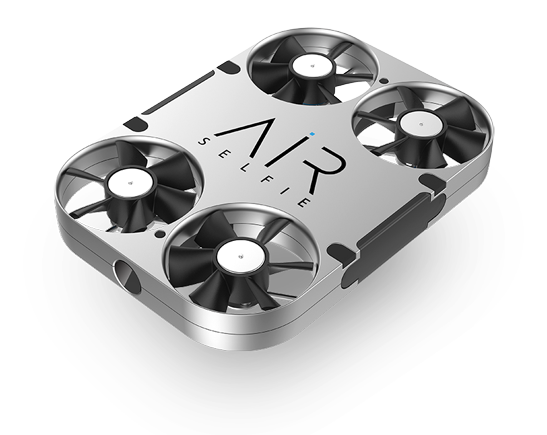
The AirSelfie is a pocket-size camera with a turbo fan that propellers to thrust the camera up to 20 meters in the air. It connects with your smartphone so you can take 5 MP HD photos or video of you and your friends from the sky. Possibly a little crazy price for most, but no doubt we will be seeing more aerial selfies in the future…especially when the Chinese copy the idea and knock them out on ebay for 39 dollars or so.
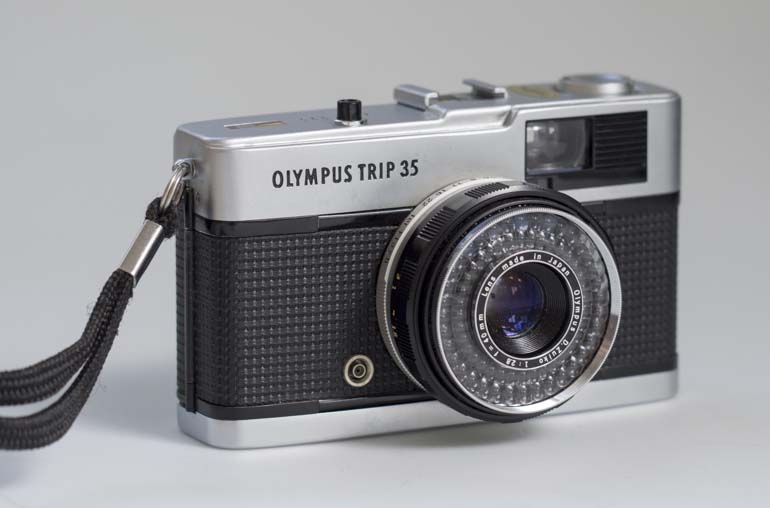
The Olympus Trip 35 is a 35mm metal bodied point & shoot compact camera that was produced from 1967 to 1984. In the 70s Olympus created an advertising campaign that featured British fashion photographer David Bailey. While famous in photography and fashion circles, he became a household name thanks to that campaign. People would say “I’m no David Bailey” when being asked about their photography.
The Trip 35 looks like a rangefinder camera but is a much simpler design. Its Zuiko 40mm f/2.8 lens has four elements in three groups and just four zone focusing settings.
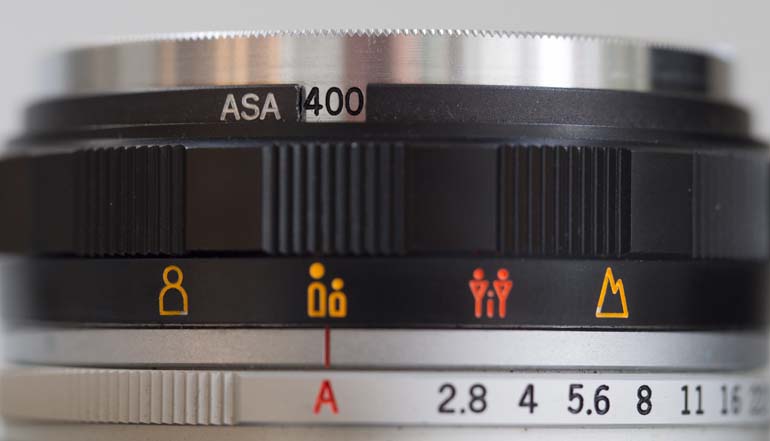
The exposure system is fairly basic too. A solar-powered selenium light meter around the lens provides a program auto exposure system when the camera is set to the ‘A’ mode. No batteries are required. It automatically sets 1/40th sec or 1/200th sec shutter speed and an aperture from f/2.8 to f/22. If the light levels are too low the shutter locks and a large red warning marker pops up in the viewfinder. Turn from the A setting and you have a manual option at all aperture ranges.
The camera has a flash PC sync socket along with a hot shoe and syncs with flash at 1/40sec. There’s an ISO range, set on a dial at the front of the lens, from 25 to 400 which at the time covered all the main film options.
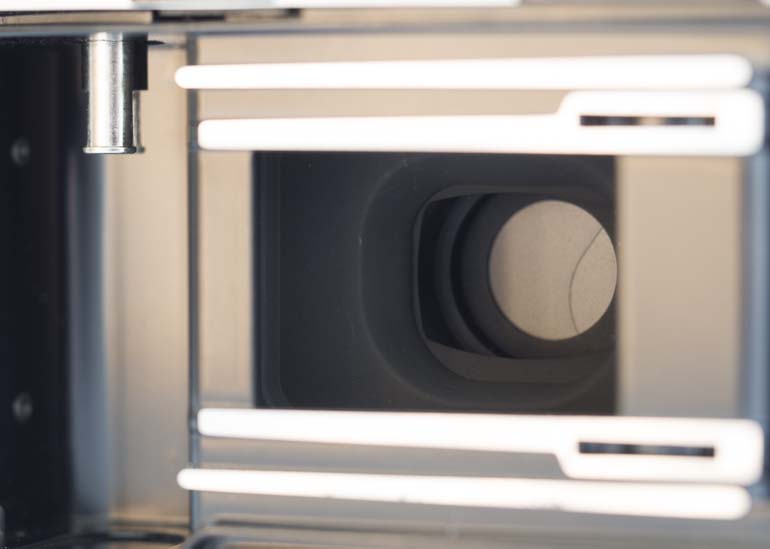
It’s a great camera for point and shoot photography, solidly made and considering the price a very respectable performance with a sharp Zuiko lens. There are many available on the second hand market…eBay has dozens for sale at any one time, and you can usually find them at car boot sales and second hand dealers.
There are a few things to check before buying an Olympus Trip 35
The Trip 35 had a common fault with the meter. To test this rotate the film advance winder to cock the shutter, set the camera to A and hold your hand over the lens to block out the light. If the camera is faulty the shutter will fire. If it’s ok the red warning indicator will appear in the viewfinder and the shutter button will not press down.
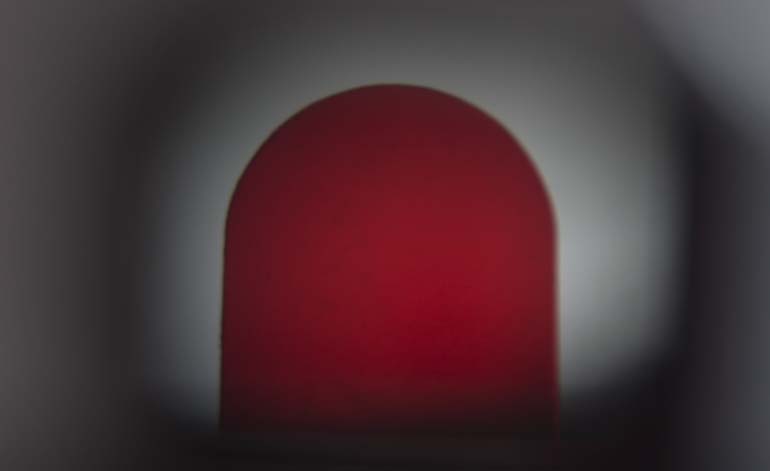
Check the lens hasn’t got fungus in it. Angle it in the light or shine a torch into the lens and look for small patches of veins on the surface of the elements.
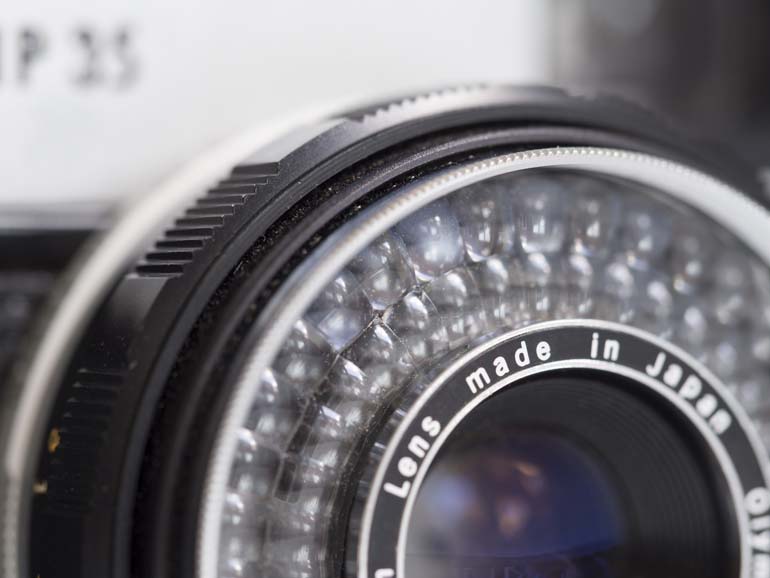
Look at the foam light seals inside the camera film chamber. It’s not a major issue if they are crumbling, replacements can be bought, but this will put up the overall cost. 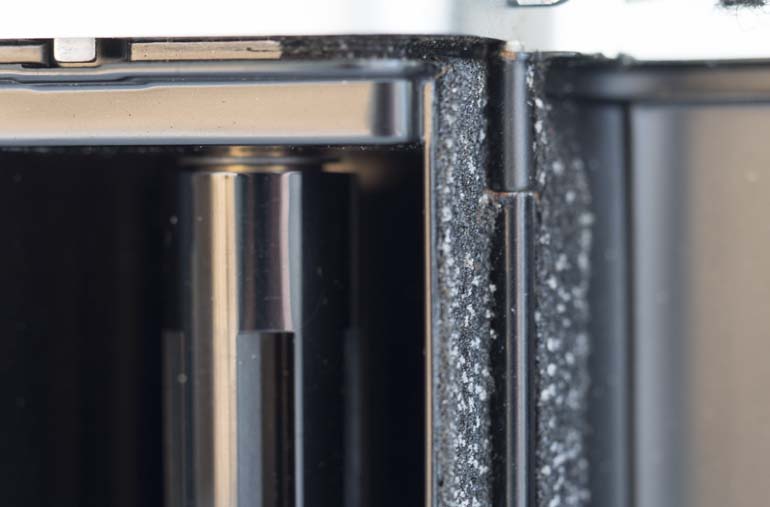
Check that the screw heads aren’t worn as that would indicate the camera has been repaired, by someone who’s less competent. Also make sure the tripod thread isn’t damaged.
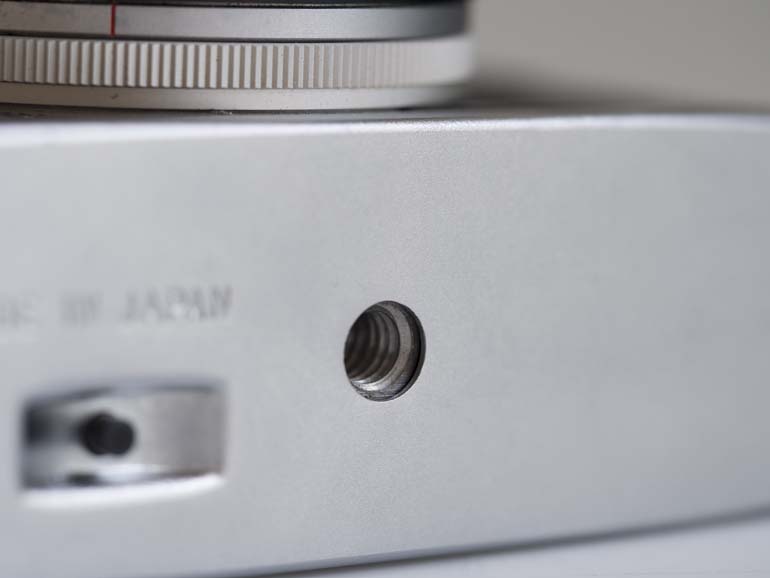
Adjust the manual aperture setting and press the shutter release down. The lens aperture should go progressively smaller as you adjust from f/2.8 to f/22.
Try a flashgun attached via the PC socket and hot shoe to test both these connections.
How much to pay for a Trip 35
You can pay anything from a couple of quid to £60 for one of these Olympus Trip 35 cameras. A typical price for a good condition one is about £30-£40. They used to sell new for a similar price. Some photographers are buying them to refurb with a new skin, replacing the black plastic trim for wood veneer, leather or snake skin. These tend to resell for the higher prices, but look gorgeous.
You can buy the Olympus Trip and other 35mm film compact cameras and SLRs from the PhotographyAttic’s Used and second hand 35mm Cameras for sale page
In this occasional series we’ll take a look at design concepts that have tried to revolutionize the way we take photos. The first in the series looks at digibinos. A hybrid product combining binoculars with a digital camera. Pentax came up with the innovation announcing their DB-100 model in March 2002.
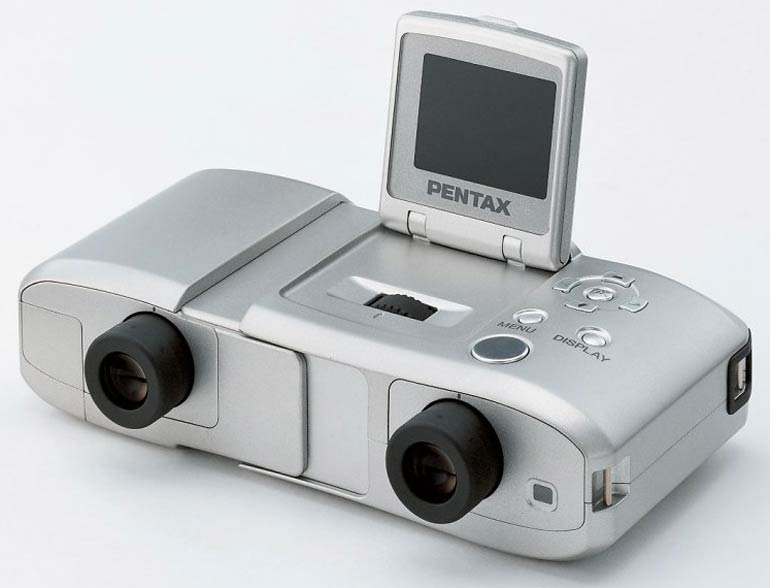
Having a camera combined with binoculars wasn’t a new thing. Tasco produced a 110 film version back in the early 80s. It wasn’t a success, and neither was the Pentax .
What the Pentax had was interesting – a pair of 7x magnification binoculars and a digital camera with a focal length of 280mm (on a 35mm camera). What let it down was the low resolution of the camera at just 0.8Mp and the build quality. For £300 it felt like you were getting a cheap digital camera with a budget pair of binoculars that didn’t have the flexibility of normal compact binoculars. You could adjust the size for different width eyes by push pulling the case, but they didn’t feel as comfortable as ordinary binoculars.
The LCD viewing screen was also smaller than digital cameras at the time.
I was taking photos remotely the other day and used binoculars to view the distant scene. It made me think that having a camera built in would be a good thing…but I’d want the clarity and depth seen through the binoculars to be recorded by the camera. I still believe there’s a future for this kind of hybrid technology, but it has to be smarter than the previous attempt.
Pentax DIGIBINO DB-100 Announced – New Story
Illitt Vintage collects and restores vintage rangefinder cameras, replacing their original leather trims with beautifully crafted wood veneers. Veneers are made from Mansonia, Mahogany, Walnut and Cherry, each one being uniquely patterned to ensure each camera is equally unique.

The cameras look gorgeous and models restored so far include an Argus C3, Canon Demi EE17, Canonet QL17, Fujica V2, Konica Auto S2, Konica SII, Minolta AL, Minolta Hi-Matic 7, Minolta Hi-Matic 9 and Minoltina AL-S.
Once restored the cameras are used by Illitt Vintage and results are displayed in their online gallery. Cameras are made available for sale too along with some stylish camera straps. Ilott Vintage Store
Photographyattic has a few vintage cameras here if you fancy trying your own DIY restoration project 35mm Cameras for sale
Try using other materials such as leather or soft plastic.
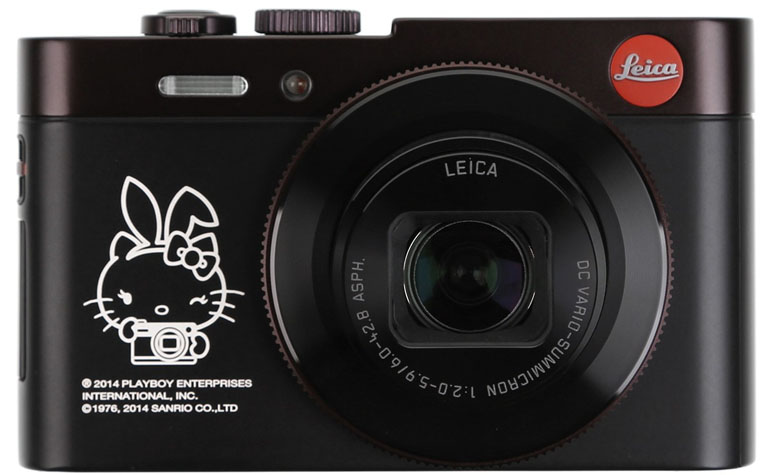
The Parisian concept store Colette has sold out of the very limited Hello Kitty Playboy branded Leica camera. Stalwart Leica fans might have been horrified that their upper crust brand had been tarnished with a cartoon character and a price tag of £750. Only 10 were sold, so perhaps Colette thought is was a risk to jump in with bigger quantities.
What do you think? Is the cartoon something more suited to plastic toy cameras or, being an iconic character, did it deserve place on such a prestigious brand that has, over the years, usually been reserved for some form of exotic animal skin.












